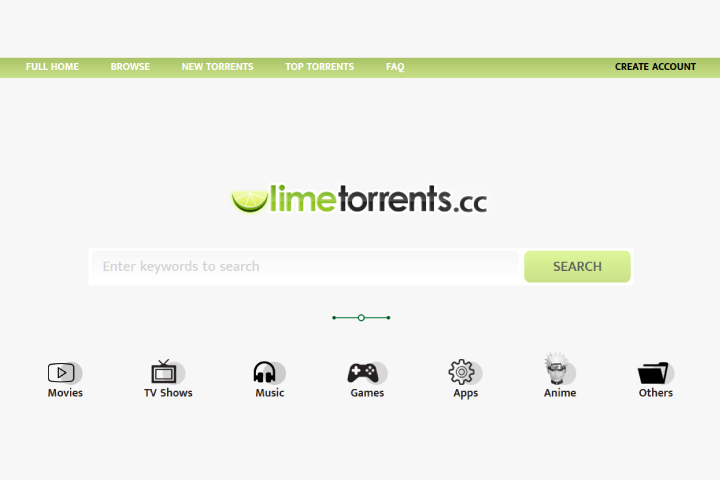Business
A Quick Checklist for Building SaaS Businesses
If you are planning to start a Saas business, sincerity and hard work will determine your success. A quick checklist for building SaaS businesses.

If you are planning to start a SaaS business, sincerity and hard work will determine your success. Even though several companies that have just begun operations feel that it is enough to make your product more reachable, the actual process of building this business goes far beyond.
Mundane sales tactics will only result in disappointment. As soon as you launch your product, you hope to get a quick turnover. However, your frustration will increase when you fail to get the desired outcome with the passing phase.
Read the following checklist for building your SaaS business.
Table of Contents
1. Integrating customers into the product and business
Your SaaS product may not be something unique, but you must have an automated process to encourage new customers to your new app. With customer onboarding, people can find and use your product quickly. Therefore, the first step is to make your customer pay, and you should be able to achieve this with the onboarding process. After the initial phase, you should let people sign up and have a display screen.
Furthermore, you need to entice your customers with a product tour that facilitates them to know more about the original features of the product briefly. Avoid taking them through all the products, as they may face confusion. Your aim should be to guide them through a series of steps to your application. Finally, you do not forget to include a list of automatic lifecycles, such as post signup, activation, and the end of the trial.
2. Passionate with your effort
Do not start any business out of a sheer need to begin, but try to be excited about your approach. If you do not have the energy level and motivation to start the business, you will never know how to become more creative and ingenious.
If you have compassion towards your business and the product you need to launch, you can get through the process of launching faster and get through the tough times with ease. Try to love your app at first and inject the same feeling within the team members to move with the fastest spirit.
3. Enhance your knowledge and make a plan
One of the significant benefits you get with technology is its flexibility, so you need not have a big team or spend money on building office space to start your SaaS business. Therefore, you will get the option of cutting down the essentials to a bare minimum and saving your money.

In other words, if you have a stout plan and focus on the priorities of your business, you will get success more quickly. You can read the article online and books to know more about enhancing your chances of success, so go ahead and grab a couple of books and resources to know more about making your business successful.
4. Taking the right steps
If you are eager to know how to build a SaaS product, you have to figure out a basic idea from which it begins. Therefore, you should start with the central part of the product at first and gradually prepare a foolproof strategy or create a product that resolves a multitude of problems successfully.
Moreover, the customers you get initially can boost your product to a certain extent. As soon as you derive feedbacks about your product from the initial set of customers, you can work towards taking your business in a different direction and focus on its features.
5. Avoid competing on price
It is perfectly natural for any upcoming company to focus on the price of a product, but avoid making it the bone of contention with your competitor. You never know if customers will switch to a new product if they find it less expensive than yours, and you will be left with none. Therefore, your product should have some other or unique feature that is attached to the product.
6. Summing your ideas
One of the significant benefits of starting with a slender startup plan is that it allows you to move faster. From identifying the target market to finding the best sources of funding, and getting a domain for hosting your website, you have a long way to go with your business plan.
The crux is to develop a personal relationship with the initial customers and demonstrate how fast you can generate the updates for your product to get better churn rates in your business. The accessibility of the SaaS market can make it easy to validate and implement your plan to achieve success.
-

 Instagram4 years ago
Instagram4 years agoBuy IG likes and buy organic Instagram followers: where to buy them and how?
-

 Instagram4 years ago
Instagram4 years ago100% Genuine Instagram Followers & Likes with Guaranteed Tool
-

 Business5 years ago
Business5 years ago7 Must Have Digital Marketing Tools For Your Small Businesses
-

 Instagram4 years ago
Instagram4 years agoInstagram Followers And Likes – Online Social Media Platform















